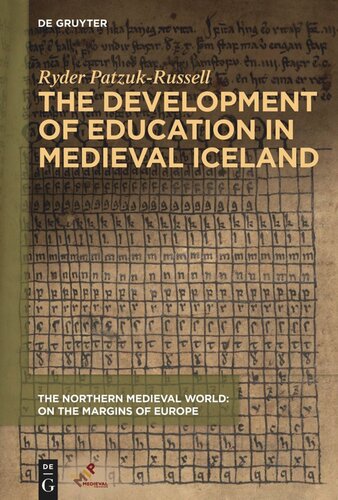

Most ebook files are in PDF format, so you can easily read them using various software such as Foxit Reader or directly on the Google Chrome browser.
Some ebook files are released by publishers in other formats such as .awz, .mobi, .epub, .fb2, etc. You may need to install specific software to read these formats on mobile/PC, such as Calibre.
Please read the tutorial at this link: https://ebookbell.com/faq
We offer FREE conversion to the popular formats you request; however, this may take some time. Therefore, right after payment, please email us, and we will try to provide the service as quickly as possible.
For some exceptional file formats or broken links (if any), please refrain from opening any disputes. Instead, email us first, and we will try to assist within a maximum of 6 hours.
EbookBell Team

4.0
26 reviewsMedieval Iceland is known for the fascinating body of literary works it produced, from ornate court poetry to mythological treatises to sagas of warrior-poets and feud culture. This book investigates the institutions and practices of education which lay behind not only this literary corpus, but the whole of medieval Icelandic culture, religion, and society. By bringing together a broad spectrum of sources, including sagas, law codes, and grammatical treatises, it addresses the history of education in medieval Iceland from multiple perspectives. It shows how the slowly developing institutions of the church shaped educational practices within an entirely rural society with its own distinct vernacular culture. It emphasizes the importance of Latin, despite the lack of surviving manuscripts, and teaching and learning in a highly decentralized environment. Within this context, it explores how medieval grammatical education was adapted for bilingual clerical education, which in turn helped create a separate and fully vernacularized grammatical discourse.